
Brief Contents
Accessibility
Macmillan Learning is committed to the goal of providing equal access to all products regardless of an individuals age, ability, or situation and embraces the opportunity to develop services and information technologies that are accessible and usable by all individuals. Accessibility at Macmillan Learning is about extending the power of education to all users. In addition to addressing product compatibility with assistive technologies such as screen reader software, alternative keyboard devices, and voice recognition products, we are working to ensure that the content and platforms we provide are fully accessible.
Our E-books
Macmillan Learning became the first education solutions company to become Global Certified Accessible tm , providing born accessible digital learning (e-book) options for students with disabilities. Books that are born accessible are developed to ensure that all students, no matter their ability, have the same access to information. This is increasingly important for students and instructors, as more than one out of every ten students who attends college has a disability.
To become Global Certified Accessible, Benetech evaluated Macmillan Learnings workflow for creating accessible books, as well as many samples of content across the disciplines they publish in, and certified conformance to the accessible EPUB creation guidelines, which are based on WCAG 2.0 AA+ standards put in place by the international standards organizations and the publishing community. Using a collaborative process, Benetech evaluated and provided feedback on more than one hundred accessibility features. The certification applies to all books created using Macmillan Learnings updated process, which includes all e-books with a 2019 copyright and beyond.
Long Descriptions
In this book, long descriptions are present for complex images and graphs that may be helpful to understanding content. These long descriptions can be accessed via a link on this icon:

Alternative Text
When an image provides important pedagogical information, alternative text (which is also known as alt text) is provided for the image. This text is not visible on the page but can be accessed and read with screen reader technology and other assistive technologies. Our alt text is written and reviewed by subject matter experts.
Color Contrast
All of our book designs and illustrations are checked to ensure that they meet contrast requirements for WCAG 2.0 AA. Meeting these standards ensures ease of use for users with low vision and color blindness, and can create a more supportive learning environment for users with learning disabilities.
Navigation
E-book navigation is designed to make it easy for users, with or without assistive technology, to discover and learn from content within the textbook. Text reflows when resized so there is no horizontal scrolling on the page, and page numbers are embedded in the book so that students can always find where they are compared to classmates using the print equivalent. Heading structures are clearly marked up so its easy to see where you are within the book as you work your way through.
Accessibility Help
If you have any questions about the accessibility of this e-book or other Macmillan Learning e-books, please reach out to us at .
Quick Start Menu
Find your assignment, and then start with the advice and examples listed here.
 indicates content only in Achieve with EasyWriter.
indicates content only in Achieve with EasyWriter.
| What Are You Writing? | Get Advice | See Student Models |
|---|
Annotated bibliography | Creating an annotated bibliography | Annotated bibliography entries |
|---|
Argument | Arguing Ethically and Persuasively | Argument essay (L.J. Bryan) |
|---|
Blog | Types of low-stakes assignments Choosing genres for public writing |  Reflective blog post (Thanh Nguyen) Reflective blog post (Thanh Nguyen)
|
|---|
Film analysis | Analyzing Making an argument |  Film analysis (Amrit Rao) Film analysis (Amrit Rao)
|
|---|
Job application | Considering audiences Choosing appropriate formats Making an argument |  Cover letter (Nastassia Lopez) Cover letter (Nastassia Lopez)
 Rsum (Megan Lange) Rsum (Megan Lange)
|
|---|
Lab report | Recognizing expectations of academic disciplines Adapting genre structures | Chemistry lab report (Allyson Goldberg) |
|---|
Literary analysis | Reading and Listening Analytically, Critically, and Respectfully Writing in a Variety of Disciplines and Genres MLA Style | Excerpts from a close reading of poetry (Bonnie Sillay) |
|---|
Multimodal project | Making Design Decisions Writing in a Variety of Disciplines and Genres | Samples in a variety of disciplines and genres [Poster, web page, comic] |
|---|
Personal reflection | Reflecting on your own work | Reflection (James Kung) |
|---|
Portfolio | Making Design Decisions Creating a portfolio |  Portfolio cover letter (James Kung) Portfolio cover letter (James Kung)
|
|---|
Poster | Choosing visuals and media Using visuals and media ethically Choosing genres for public writing | Poster (Hebron Warren) |
|---|
Presentation | Creating Presentations |  Excerpts from a presentation (Shuqiao Song) Excerpts from a presentation (Shuqiao Song)
|
|---|
Proposal | Arguing Ethically and Persuasively |  Pitch package (Deborah Jane and Jamie Burke) Pitch package (Deborah Jane and Jamie Burke)
 Research proposal (Tara Gupta) Research proposal (Tara Gupta)
|
|---|
Research essay or project | Arguing Ethically and Persuasively Research MLA Style (composition and literature) APA Style (social sciences) Chicago Style (history and the arts) CSE Style (sciences) | Research-based argument essay in MLA style (L.J. Bryan) Research essay in MLA style (Julia Sakowitz) Research essay in APA style (Martha Bell) Research essay (excerpt) in Chicago style (Amanda Rinder)  Complete papers in history and science Complete papers in history and science
|
|---|
Rhetorical analysis | Summarizing Analyzing Making an argument |
|---|
Next page

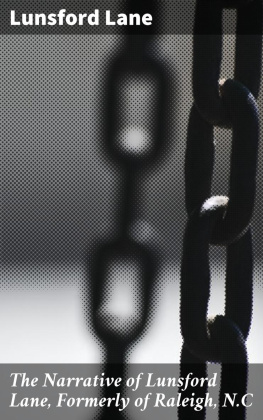
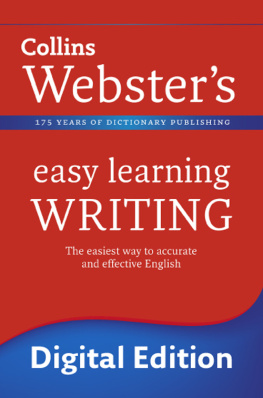
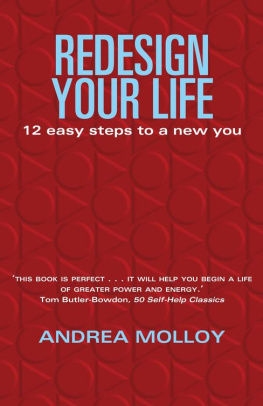
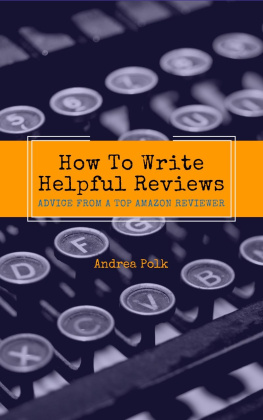


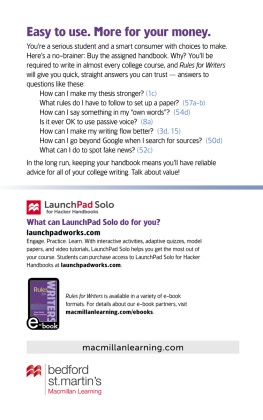
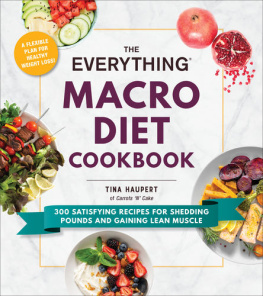
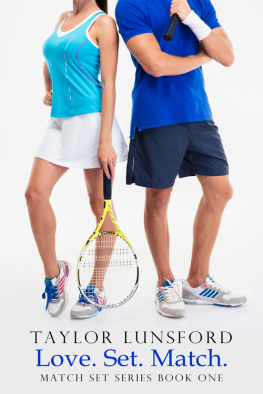

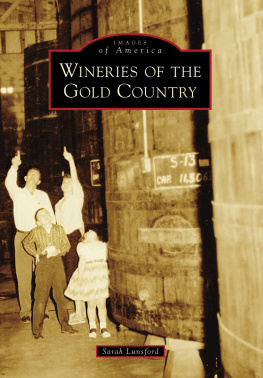


 indicates content only in Achieve with EasyWriter.
indicates content only in Achieve with EasyWriter.